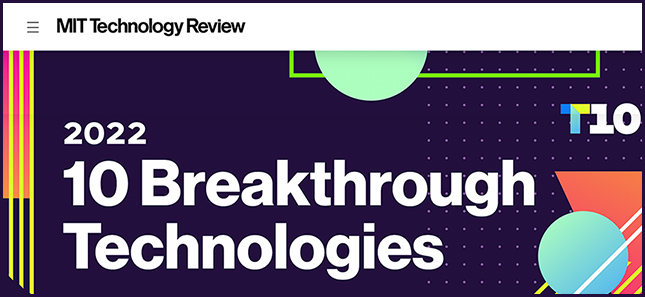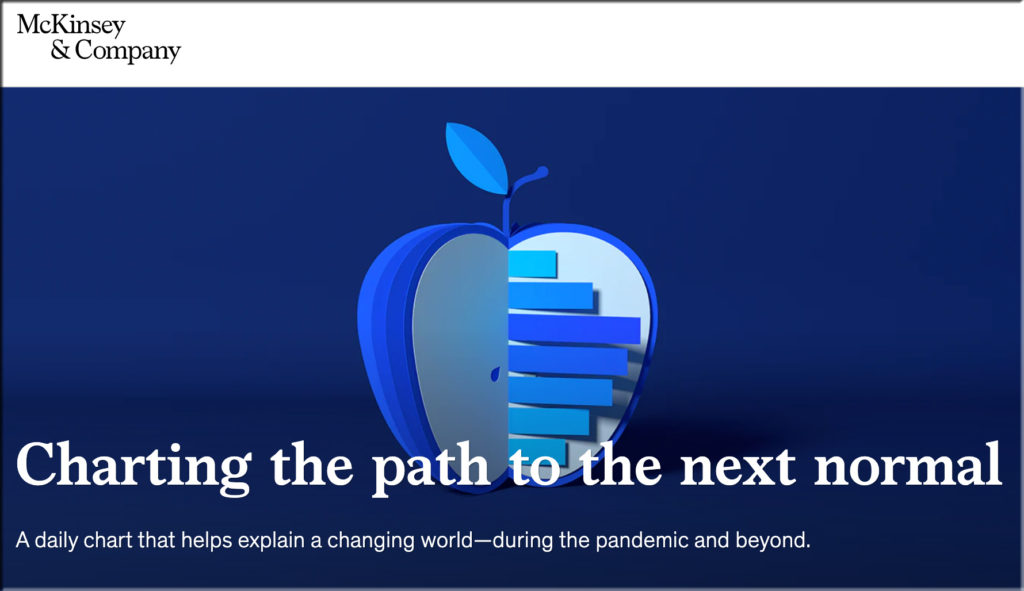2022 10 Breakthrough Technologies — from MIT Technology Review; with thanks to Mr. Paul Czarapata for posting this out on Twitter
About the list:
Our annual list of 10 Breakthrough Technologies highlights the technological advances that we think will have the biggest impact on the world in the years to come. Every year, our reporters and editors survey a wide range of topics, from medicine to energy to digital technologies, to select advances that will affect our lives in meaningful ways. Some have already started to change the way we live and work, while others are poised to do so soon. This is the 21st year we’ve published this list. We hope you enjoy this glimpse into the future.
Also relevant/see:
- Artificial intelligence is everywhere now. This report shows how we got here. — from popsci.com by Charlotte Hu
What’s AI commonly used for nowadays and how much funding does it get? All these questions and more are answered in the new Stanford index report.













